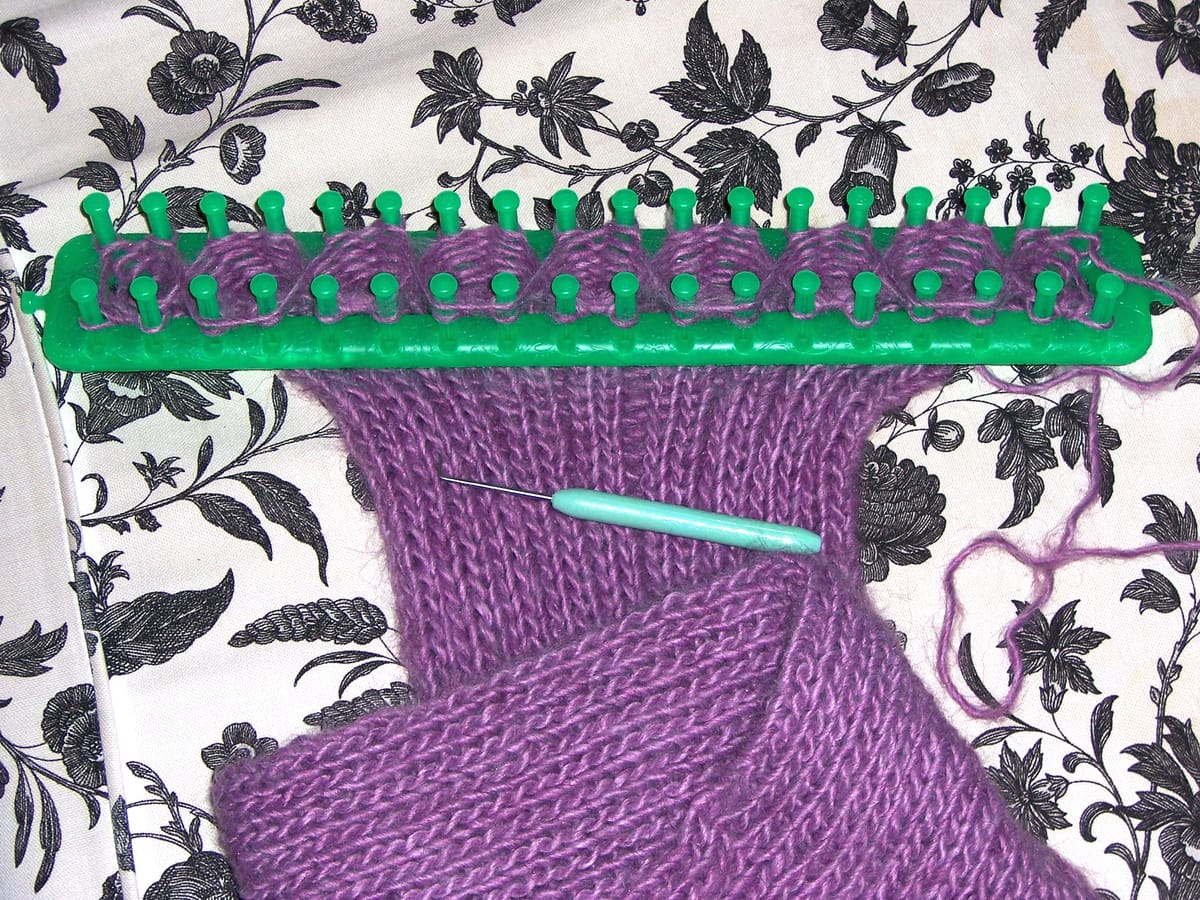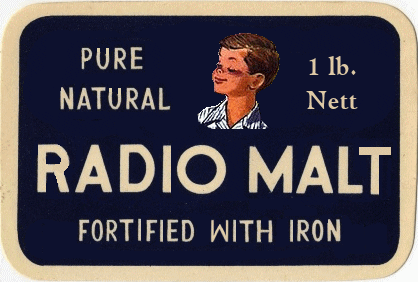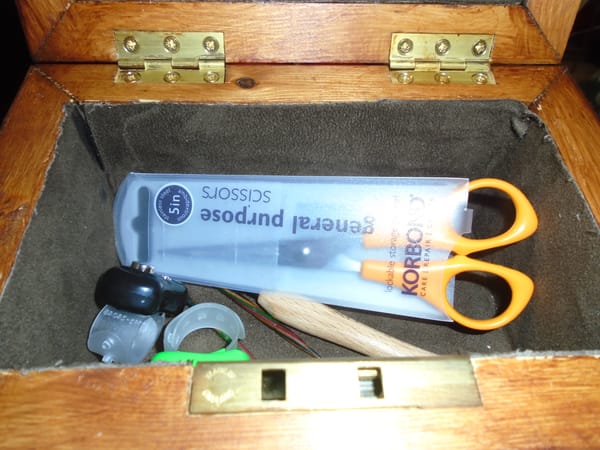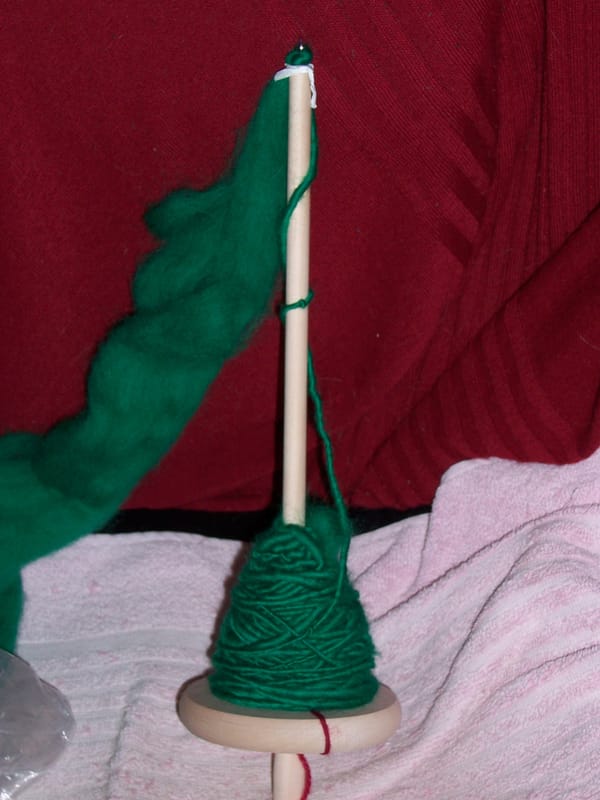Workaround

When you really want to knit, but you can't because your wrists are going to hurt if you try, you look for alternatives. I had a cheap knitting machine for a while. It did colourwork surprisingly well (I had a young friend, the nephew of an old friend, who supported Sheffield Wednesday, so I knitted him a jumper on it with the Wednesday owl logo), but it refused to do cables, and shaping was a rather awkward process. You could do it, but you generally tried to avoid it as much as possible. There were also a lot of very small parts that were inclined to get lost, and so I wasn't entirely upset when it somehow vanished during a house move. (I was upset about my kitchen scales, which also vanished; they were one of those impressive wrought iron and brass affairs, with brass weights. I suspect both that and the knitting machine were stolen by one or more of the friends of my then husband whom he roped in to help with the move. He didn't keep the best company.)
And then I discovered knitting looms. These are a great deal cheaper than even the cheapest knitting machine; they're portable, which is a great plus; there are no small parts, unless you count the pick, but you have that in your hand all the time you're using it; and they come in a variety of shapes and sizes. Some of them are even big enough to make the body of a generously sized jumper, although if they're that size they are not usually circular, but folded up on themselves so that they will still fit in your lap. (I had one of those. It was still fairly awkward, even folded up, but it did the job.)
Unless they're really large like that, knitting looms come in two basic shapes: round or rectangular. The round ones are just French knitting dollies writ large, and all they will make is a tube. Having said that, tubes have their uses. Flatten one out and fringe the ends, and you have a nice double-thickness scarf, which is therefore very warm; I made one of these for Porthos, who is a huge fan of the Nigel Molesworth books by Geoffrey Willans and Ronald Searle (as indeed am I). The illustrations are in black and white, so I had to do a bit of digging around online to find out the St Custard's colours, but it turned out (not too surprisingly) that they are black and yellow. So I made Porthos not only the scarf, but an entire St Custard's gift box, including 1950s-style sweets and a jar of malt extract with a "Radio Malt" label got up to look like the right period (I had a lot of fun on the computer with that). I seem to remember I even managed to find an old threepenny bit! (I am just about old enough to remember using those, and certainly old enough to be glad I didn't have to do it for too long.)

A tube will also make you a decent hat (it will be a bit bunched at the top because you can't do decreases, but if you pull the yarn tightly enough through the last row of stitches it's at least passable), or sleeves to go with the jumper you made on the massive folded-up loom (you will probably need to do steeks, as detailed in an earlier post), or a snazzy pair of legwarmers; you can probably do colourwork on a round loom but I've never actually tried it, but you can absolutely do stripes. Stripes are really easy, just as they are with regular knitting. With a little ingenuity you could also make socks by working a couple of tubes, grafting about half the stitches together, and then crocheting the heel (or you could even do that using nalbinding, a technique I never got round to trying, but it gives results similar to knitting). The socks wouldn't be beautiful, but they'd be warm, and they'd be fine inside your wellies.
Rectangular looms, as shown in the photo above, are rather more interesting. You can make a tube on them just as you can on a round one, but you're not limited to tubes. In the set-up shown in the photo, rather than just going round the outside of the pins all the time, the yarn goes across two pins, then crosses the gap to the other side of the work, then goes across another two pins, crosses back, and so on. This gives a fabric that is not only double-thickness but is not going to go anywhere; the two sides of it are anchored together all the way across the width. As you can see, there's no hint of this construction showing on the outside. This particular loom is rather narrow for working scarves, but you could make a very good scarf on a loom that was a little wider. I don't recall what I did with the piece shown here, but certainly if you joined several strips like this you could get something not unlike a duvet jacket. Or, for that matter, something not unlike a duvet.
There are, of course, disadvantages. You're strictly limited to stocking stitch; you can't increase or decrease unless you happen to have another loom with exactly the number of stitches you want to change to (and even if you do, transferring the work from one loom to the other is fiddly and awkward); you can't cable easily (again, theoretically you could do it by shifting the stitches you want to cable onto an ordinary knitting needle and then moving them around before the yarn passes them, but that would be quite hard, as knitting looms work at quite a high tension); and you can't do much about the gauge. The knitting looms I've used generally work best with arans, though they'll handle DK - it will just be a little looser than it would be if you were working on needles. 4-ply or sock yarn? Forget it. It's not going to happen. (Having said that, it is possible to buy a loom specially designed for working socks. The pegs are much smaller and made from metal rather than plastic. The average general purpose knitting loom, however, won't do it.)
Finally, there is the question: can you knit a straight piece on a loom, rather than a tube? If you can, of course, you can avoid steeks if you're trying to make a jumper. In the past I always simply assumed the answer was "no", but on reflection I think it could be done; you'd get rather ugly edges, but if you were just going to sew them to your sleeves that wouldn't matter. The thing is, you can't simply reverse the direction of your yarn without doing anything to anchor it or the whole lot will pull out. So I think the trick is that you have two tapestry needles threaded with the yarn you are using, one for each edge. Every time you get to the edge, you take a couple of stitches round the working thread and the stitch below it, ideally passing the needle through the first loop so that you get a knot. Work back the other way and repeat. I have not tried this because I no longer need to, but I suspect what would happen is you'd get a secure edge but it'd have a row of holes along it.
Knitting looms have been an interesting little detour for me. Nonetheless, I'm very grateful I can now knit with needles again.




